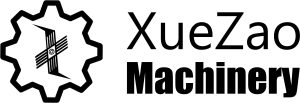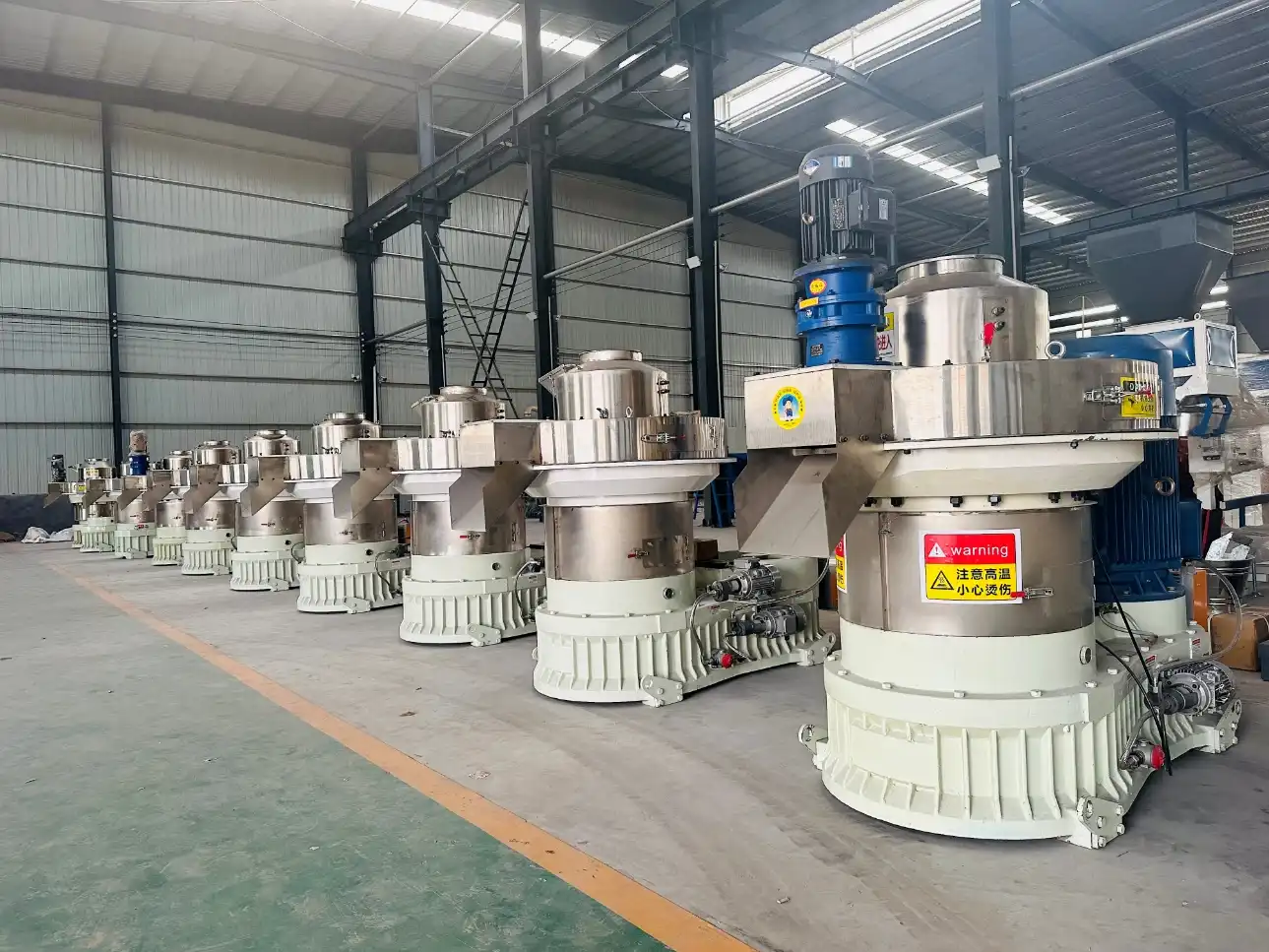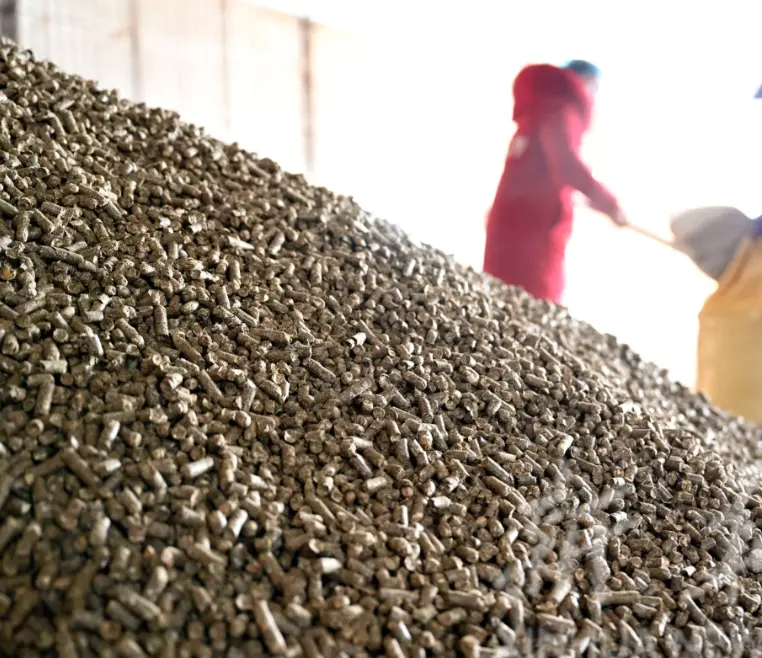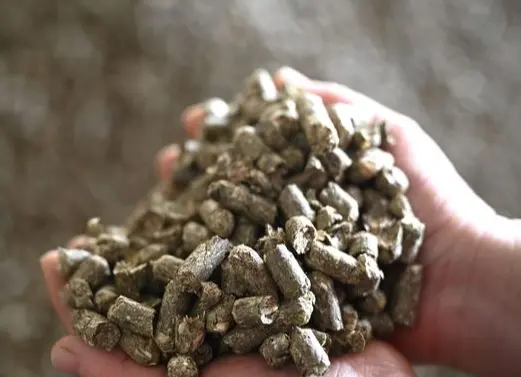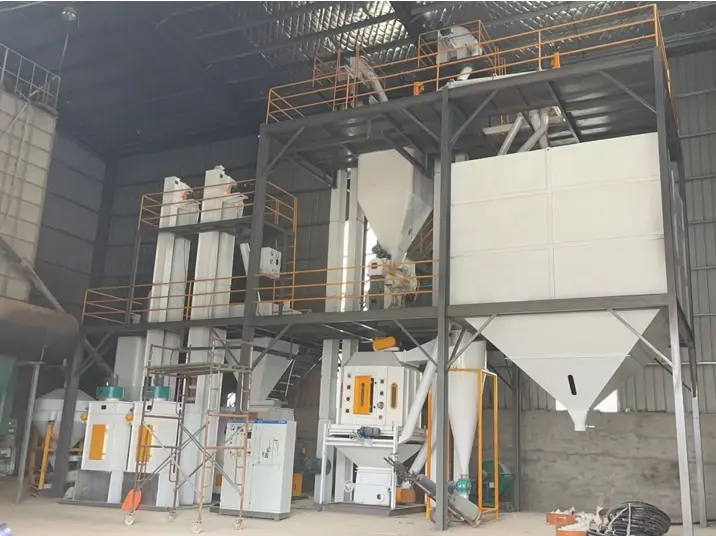Comprehensive Overview of Small Chicken Feed Pellet Line & Feed Formulas

Chicken feed pellet plants amalgamate the processes of crushing raw materials like corn, using a bucket elevator to connect the pelletizer, followed by sieving, cooling, and packaging. This integrated system has gained popularity in countries like Egypt, Ethiopia, Australia, South Korea, and others due to its efficiency.
The grinding machine, a multi-functional tool, pulverizes long-fiber biomass feedstock such as branches and straw. Its core component, the hammers, facilitate crushing in pharmaceutical, chemical, food, and grain industries. The machine’s high-speed operations impact, friction, and physically shock the materials, producing varying granule sizes.
Operational principle of the grinding machine involves materials crushed within the chamber under impact, friction, and physical shocks. It operates with 220V or 380V motors, achieving quick and efficient crushing of materials.
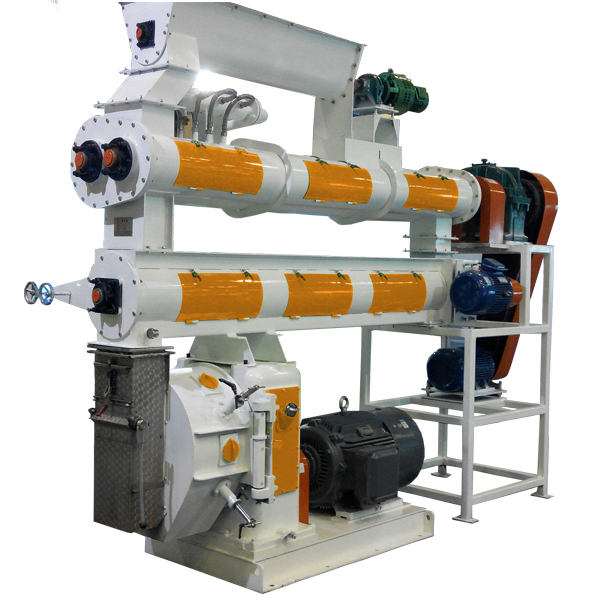
Moving on to the mixer, the biaxial design ensures uniform humidification of powder materials like dry ash while preventing spills or water leakage. The structure, comprising various components like chassis, screw shaft bearing, drive unit, and piping, guarantees a sealed system, eliminating ash dispersion.
Moreover, the water pipes, housing humidity controllers and nozzles made of stainless steel, facilitate easy adjustment of moisture content within the mixer. This design simplifies operations and enhances durability, making it suitable for diverse material humidification needs.
The feed pellet machine, utilizing advanced pelleting technology, efficiently produces pellets using straw without requiring additional water. Its design caters to small-scale farming needs, ensuring long-term storage of the produced pellets, which also exhibit bactericidal properties.
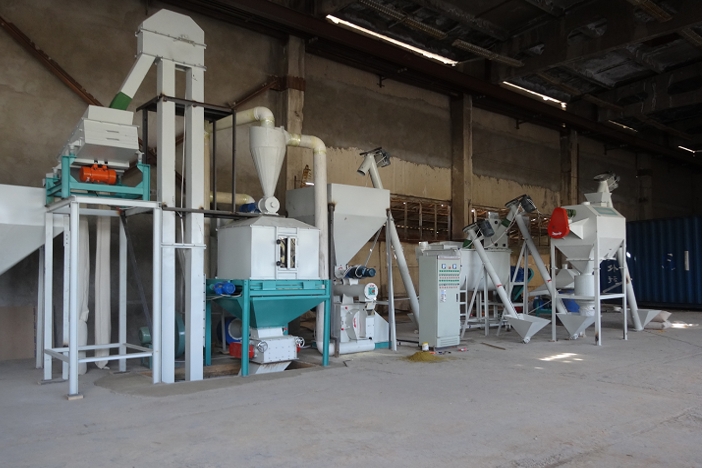
The machine operates at a maximum temperature of 75 degrees Celsius, effectively eliminating microbial strains without compromising material quality. It customizes feed pellet formulas according to the specific nutritional requirements of various livestock, catering to different growth stages.
Here are some feed formulas for chickens:

– **Baby Chick Formula:** Ideal for chicks aged 0-6 weeks, this formula contains a mix of corn, wheat bran, sorghum, soybean cake, fish meal, and specific additives.
| Ingredients | ω/% | Ingredients | ω/% |
|---|---|---|---|
| Corn | 53.0 | Calcium pyrophosphate | 0.5 |
| Wheat bran | 10.2 | Salt | 0.3 |
| Sorghum | 4.0 | Mineral additives | 1 |
| Clear flour | 3.0 | Various of vitamins and micro-elements additives | 10g/100k |
| Soybean cake | 20 | / | / |
| Fish meal | 8.0 | / | / |
– **Growing Chicken Formula:** Tailored for chickens aged 7-16 weeks, this formula comprises corn, wheat bran, barley, soybean cake, peanut cake, cottonseed cake, fish meal, and essential nutrients.
| Ingredients | Amount/g | Ingredients | Amount/g |
|---|---|---|---|
| Corn | 63.5 | Shell meal | 1 |
| Wheat bran | 9 | Methionine | 0.1 |
| Barley | 5 | Lysine | 0.05 |
| Soybean cake | 6 | ------ | ------ |
| Peanut cake | 5 | Various vitamins | 10g/100kg feed |
| Cottonseed cake | 4 | Micro-elements | 70g/100kg feed |
| Fish meal | 5 | / | / |
– **Laying Hen Formula:** Specifically designed for laying hens, this formula contains corn, wheat bran, barley, soybean cake, shell meal, cottonseed cake, bone meal, and crucial amino acids.
| Ingredients | ω/% | Ingredients | ω/% |
|---|---|---|---|
| Corn | 55.7 | Salt | Fixed amount |
| Wheat bran | 8 | Mineral additives | 1 |
| Barley | 5 | Cottonseed cake | 5 |
| Soybean cake | 13 | Methionine | 0.1 |
| Shell meal | 8 | Lysine | 0.2 |
| Bone meal | 4 |
– **Chicken for Meat Formula:** This formula, suitable for 1-8 week-old meat chickens, includes corn, broken rice, clear flour, soybean cake, rapeseed cake, fish meal, blood powder, shell powder, bone meal, vitamins, and salt.
| Ingredients | ω/% | Ingredients | ω/% |
|---|---|---|---|
| Corn | 41.7 | Blood powder | 2.0 |
| Broken rice | 10.0 | Shell powder | 1.0 |
| Clear flour | 7.0 | Bone meal | 1.33 |
| Soybean cake | 25..6 | Vitamin additives | 1.0 |
| Rapeseed cake | 6.0 | Salt | 0.37 |
| Fish meal | 4.0 |
These formulas cater to various chicken growth stages, meeting their nutritional needs through dry or wet fodder. They serve as comprehensive guides for optimizing chicken feed.
In conclusion, the integration of advanced machinery and customized feed formulas exemplifies the efficiency and versatility of small chicken feed pellet plants, offering sustainable solutions for poultry farming needs worldwide.
